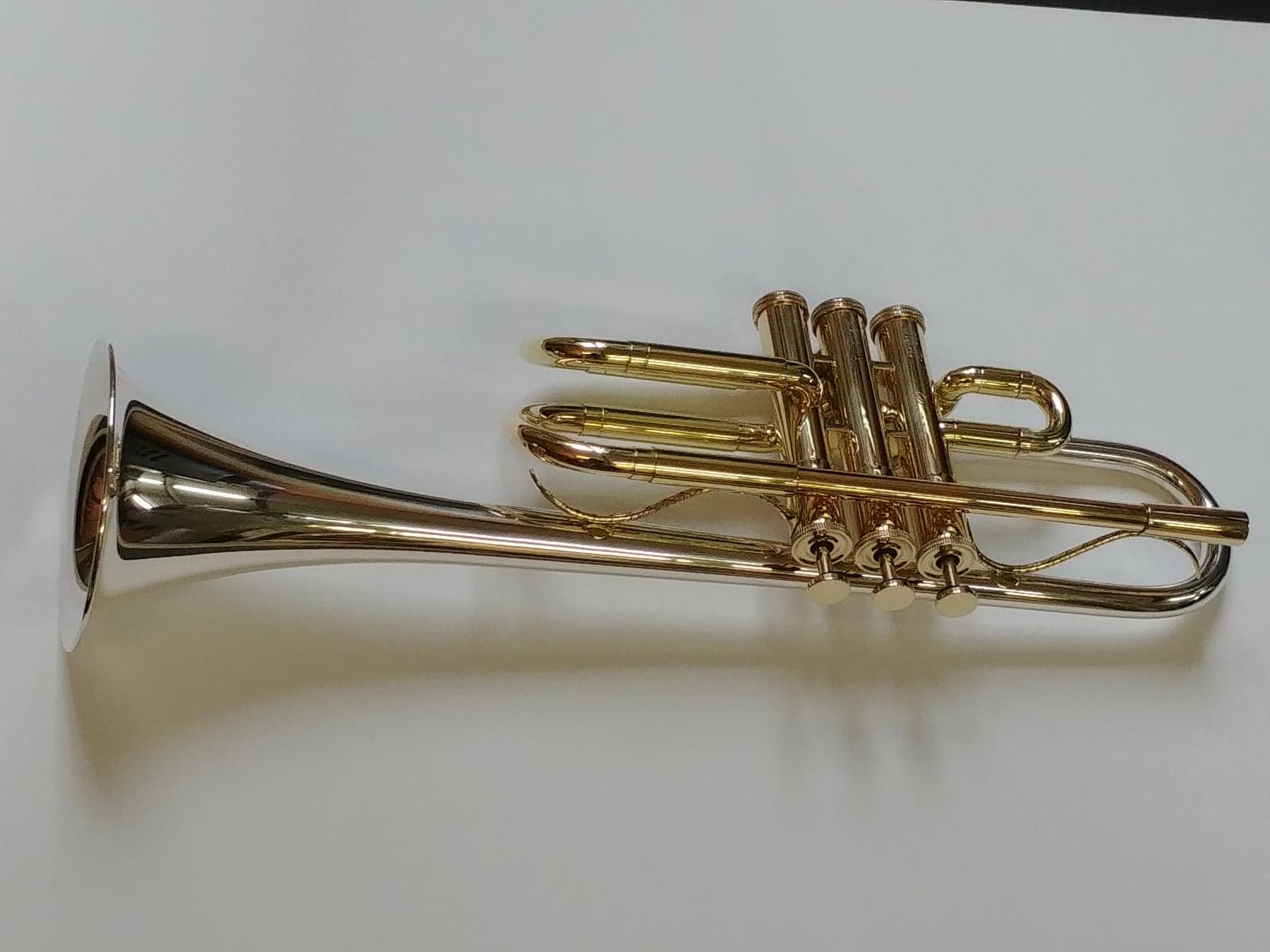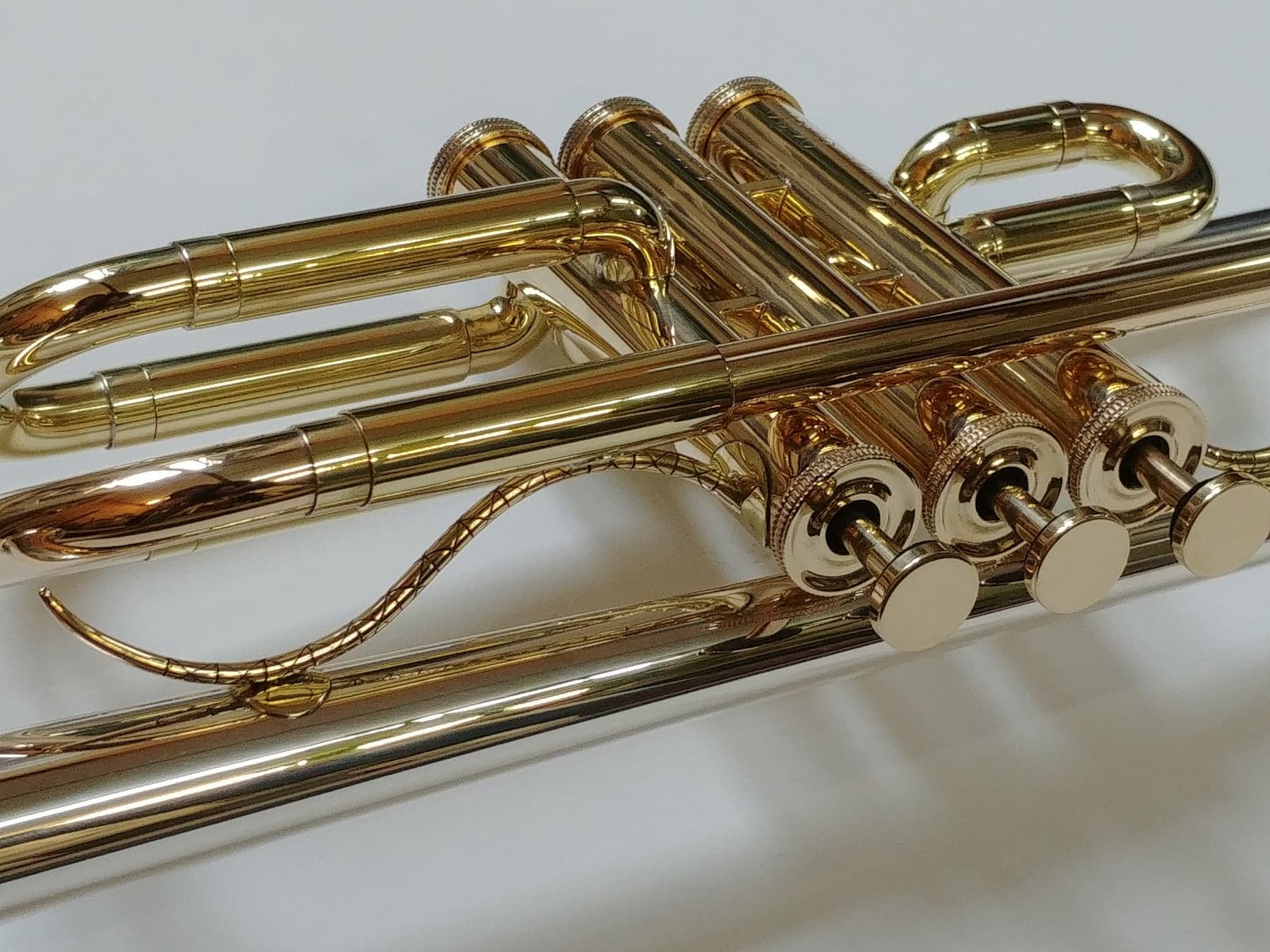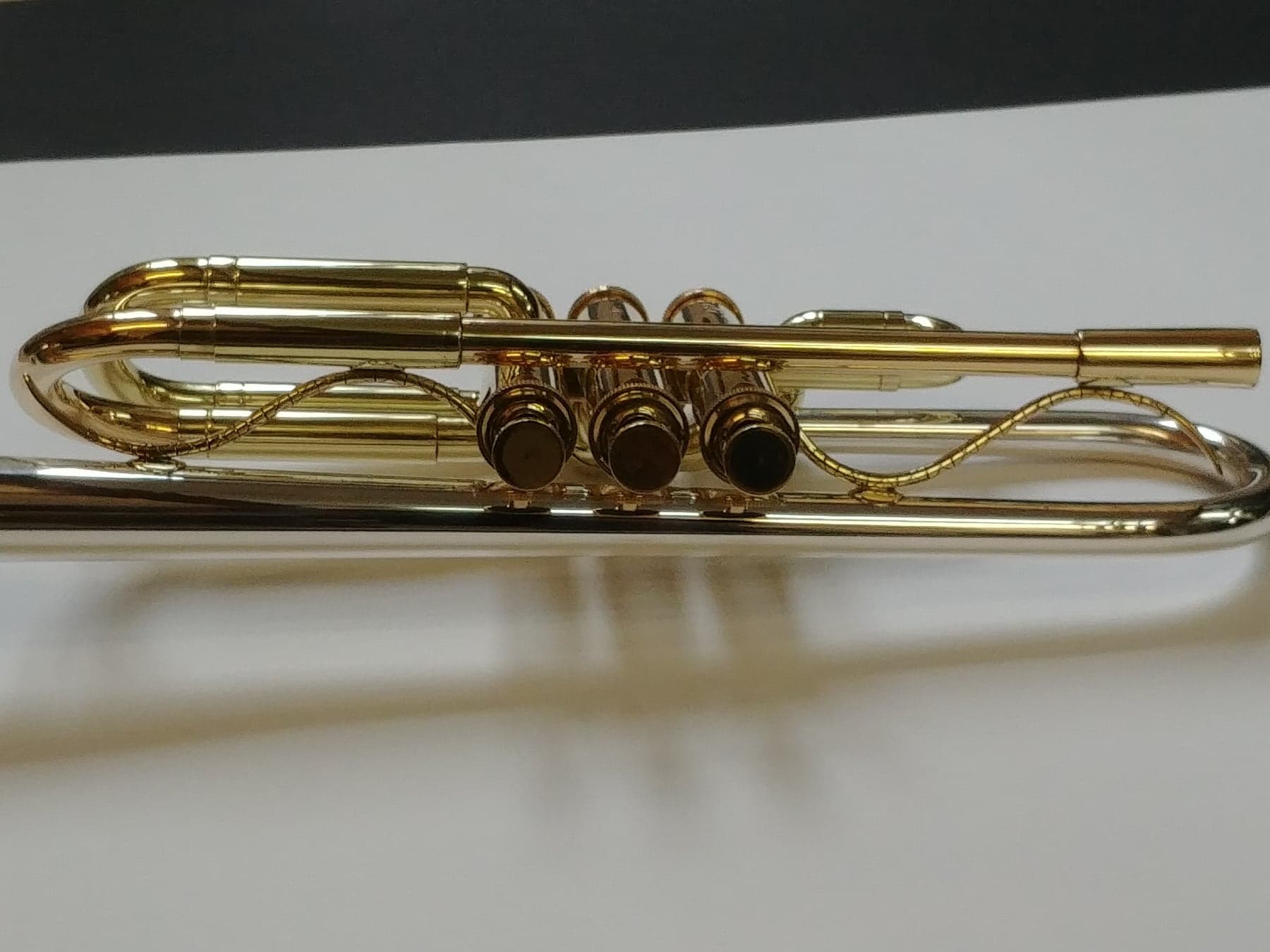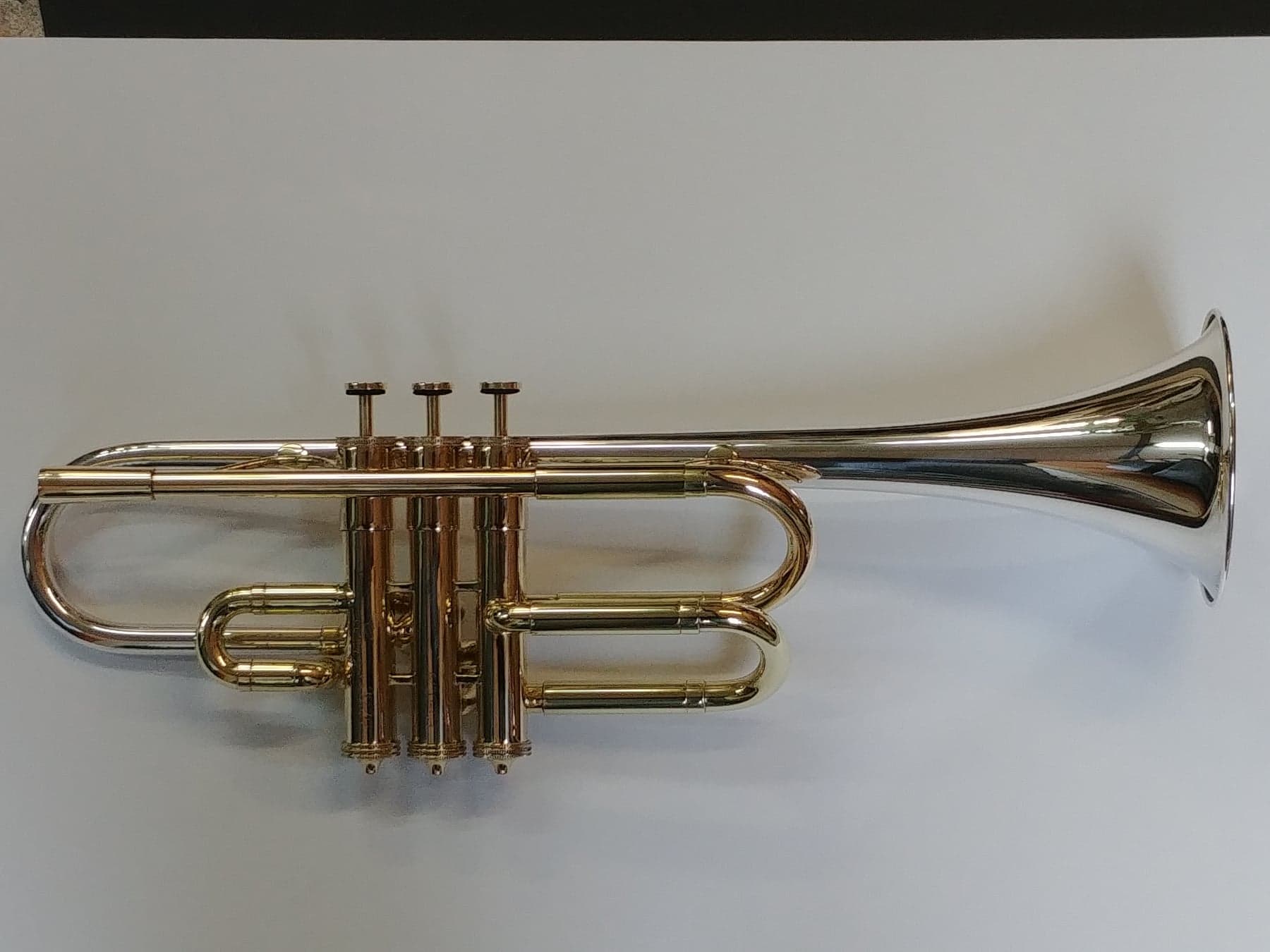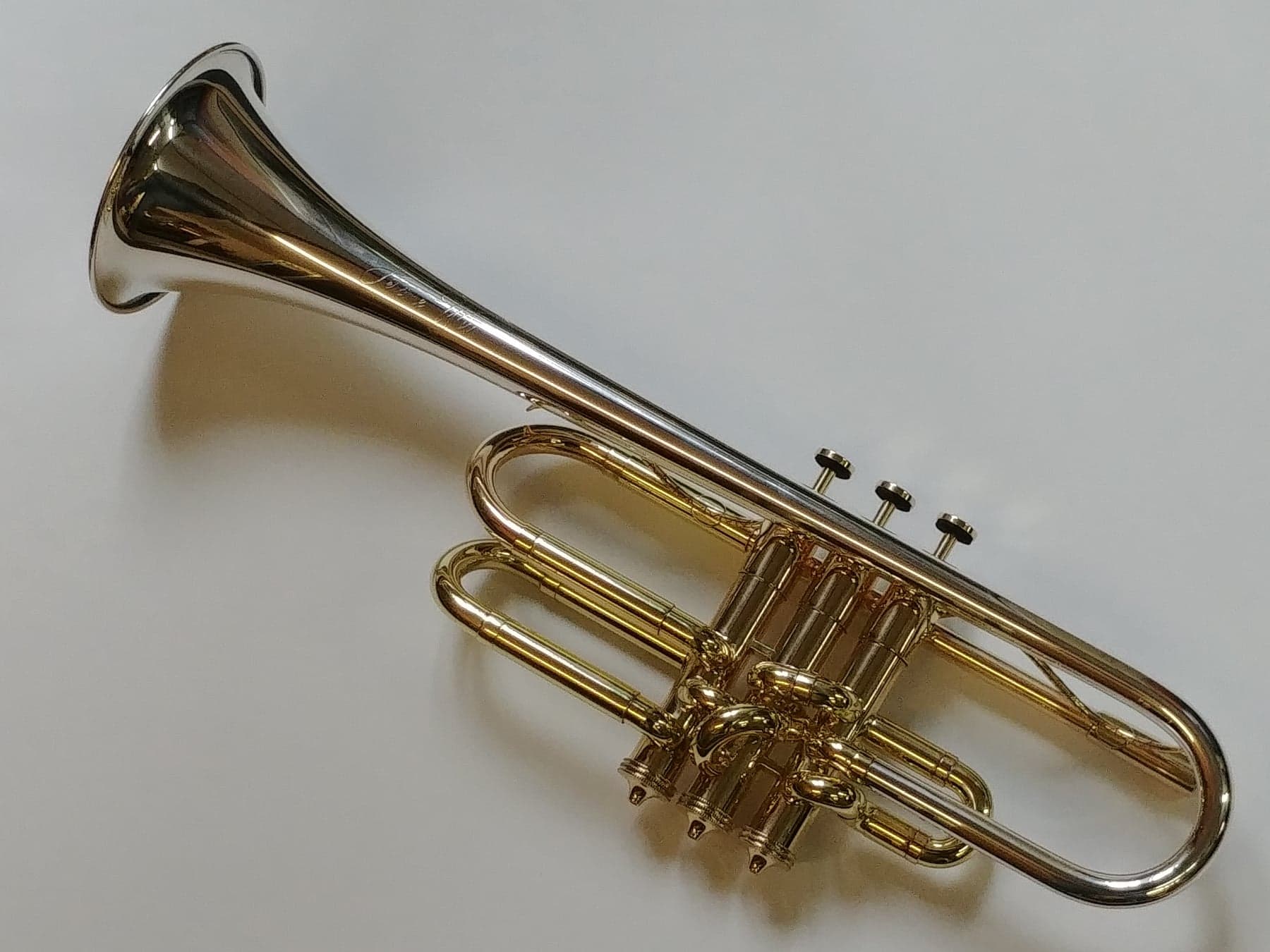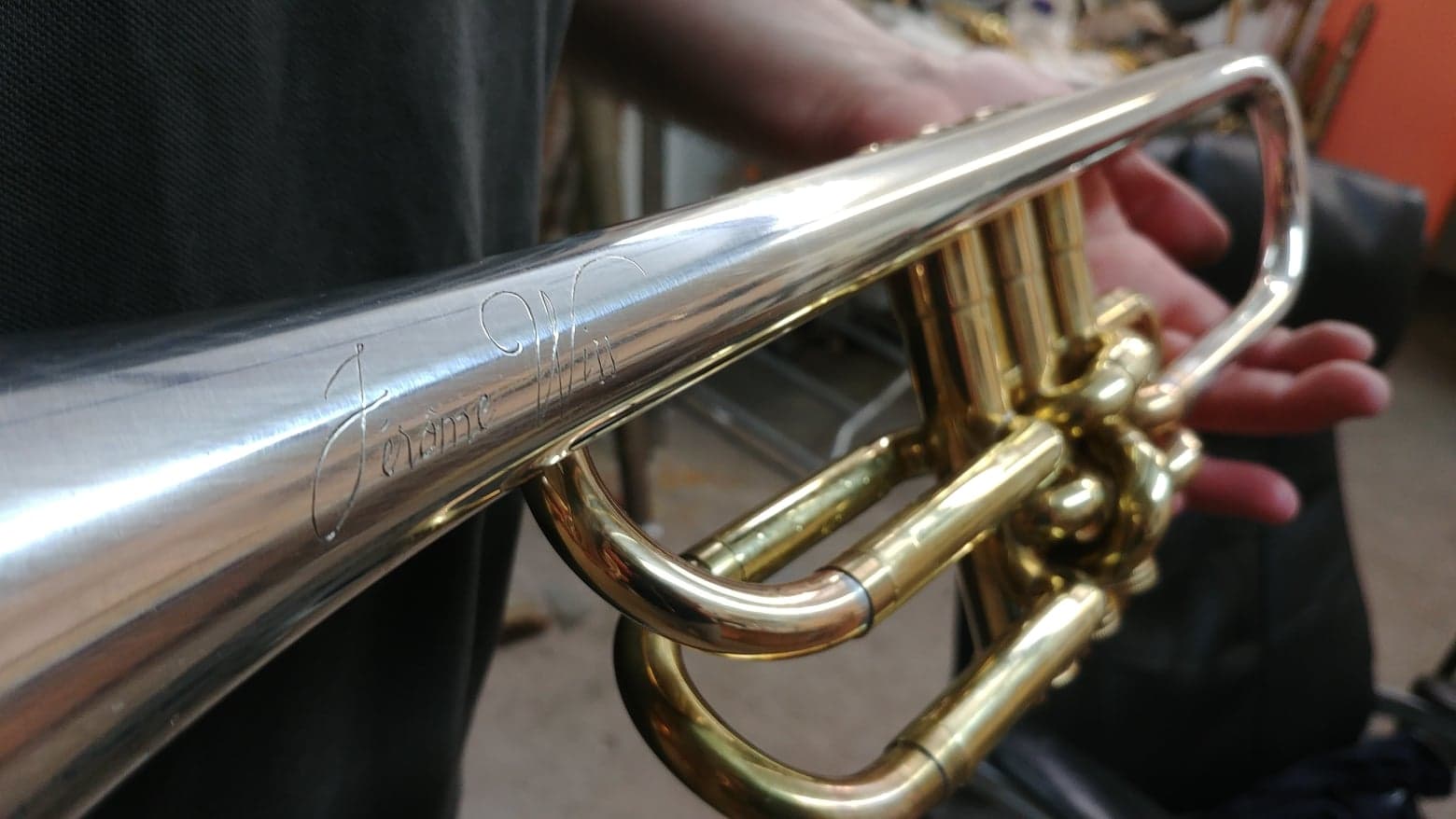Much excitement today, the Jerome Wiss 6/20 arrived, the fit and finish are superb, Jerome is truly a craftsman in instrument making. The $64,000 question, How does it play. With my Wedge 3CC SST mouthpiece which has been my standard for the last 9 years, it responds with the least amount of air I can give it and the tone remains uniform to the most I can raise.
The sound behind the horn is unlike any other I have played, I find it difficult to describe, full, rich, not dark nor shrill, mind this is first impressions after 1/2 hour playing, I shall have to have a lot more time on it to get fully accustomed to it. I think it is mainly a function of the bell shape which is more conical than exponential, reminds me of pictures of ancient trumpets.
I have not yet checked the tuning, first impression nothing stood out to my ear, more to come as I spend more time with it.
Regards, Stuart.
